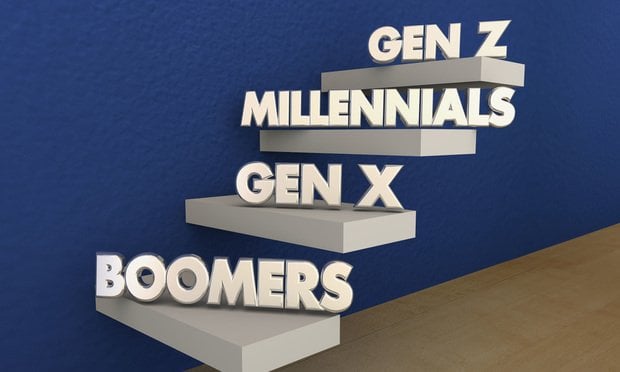 By asking employees to name coworkers they find helpful andtrustworthy, employers may discover people who don’t seekleadership positions but whose knowledge and support is a majorasset to the team. (Image: Shutterstock)
By asking employees to name coworkers they find helpful andtrustworthy, employers may discover people who don’t seekleadership positions but whose knowledge and support is a majorasset to the team. (Image: Shutterstock)
New technology and new ways of thinking about the value ofemployees threaten to upend the traditional method of assessingworkers.
|The Wall Street Journal reports on a number oforganizations conducting “organizational network analysis” in anattempt to identify the informal groups of employees that exist inevery workplace. Most companies rely on them without even knowingthem.
|Specifically, employers are interested in identifying workersoutside of the spotlight who serve as important advisers ormentors. By asking employees to name coworkers they find helpfuland trustworthy, Equinix may discover people who don’t seekleadership positions but whose knowledge and support is a majorasset to the team.
|Related: The key to retaining your top-performingemployees
|“Invisible stars in many cases are more powerful than the peoplewe celebrate,” Boris Groysberg, a professor at Harvard BusinessSchool, tells the WSJ. “If you’re going to lose that person, sevenother people’s performance declines.”
|Various tech tools offer to reveal behavior that might indicatewhether an employee is well-regarded by their peers. For instance,Workday, the HR software tool, allows people to thank theircoworkers for helping them on a project. Other companies areanalyzing email traffic, to see which workers are communicatingwith each other. Who is the person that workers are directing theirquestions to?
|That type of data can be used by managers to analyze who theiremployees view as valuable. In some cases, the data may paint avery different picture than a manager’s perception.
|A Deloitte white paper on organizational networkanalysis identified several different types of personalities in theworkplace. There are “knowledge brokers,” who “create bridgesbetween groups,” and facilitate the flow of important information.Then there are the people in the “Central Node,” who tend to knowlots of different people in the organization and arewell-liked.
|Organizational analysis may help reveal barriers to women’s advancement in the workplace. Womenoften take on the role of knowledge broker, Rob Cross, a professorat Babson College in Massachusetts, tells the Journal. That canmake them tremendously valuable to an organization, but that valueoften goes undetected.
|Read more:
Complete your profile to continue reading and get FREE access to BenefitsPRO, part of your ALM digital membership.
Your access to unlimited BenefitsPRO content isn’t changing.
Once you are an ALM digital member, you’ll receive:
- Critical BenefitsPRO information including cutting edge post-reform success strategies, access to educational webcasts and videos, resources from industry leaders, and informative Newsletters.
- Exclusive discounts on ALM, BenefitsPRO magazine and BenefitsPRO.com events
- Access to other award-winning ALM websites including ThinkAdvisor.com and Law.com
Already have an account? Sign In
© 2024 ALM Global, LLC, All Rights Reserved. Request academic re-use from www.copyright.com. All other uses, submit a request to [email protected]. For more information visit Asset & Logo Licensing.








